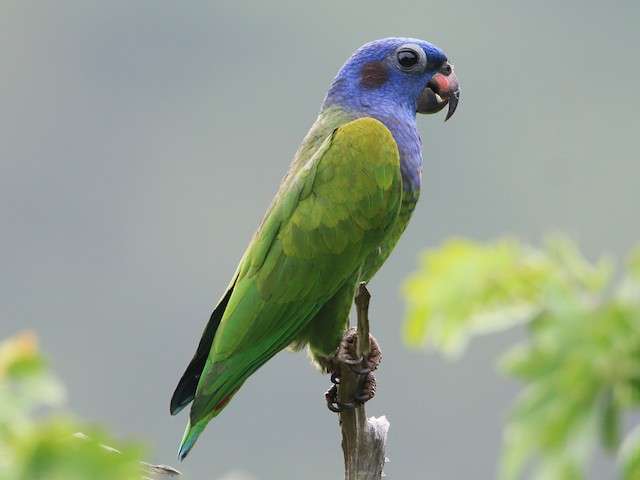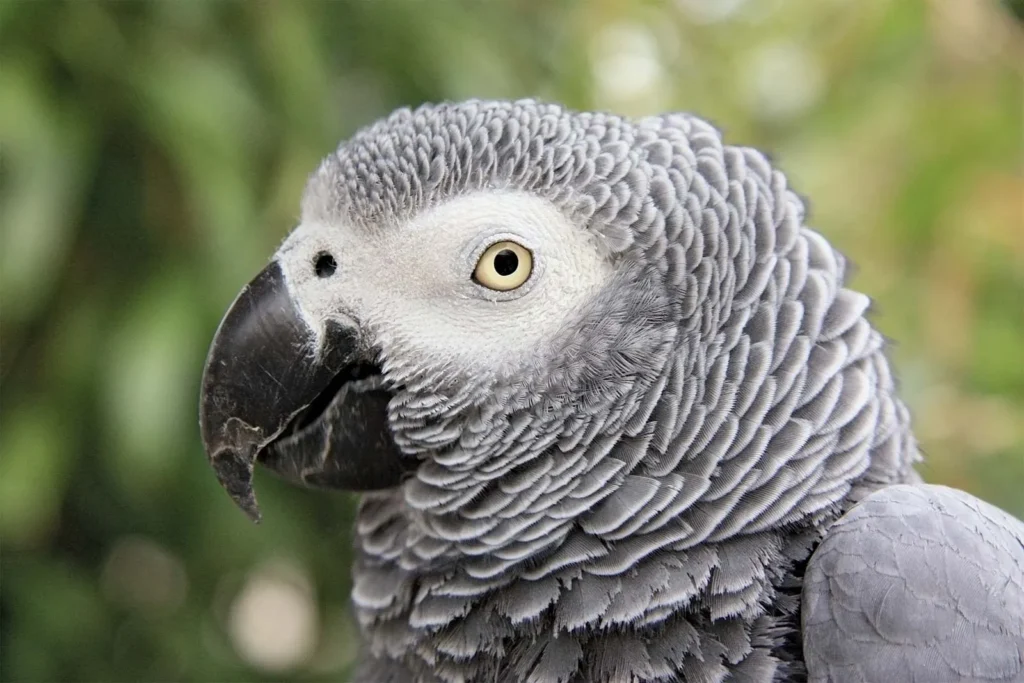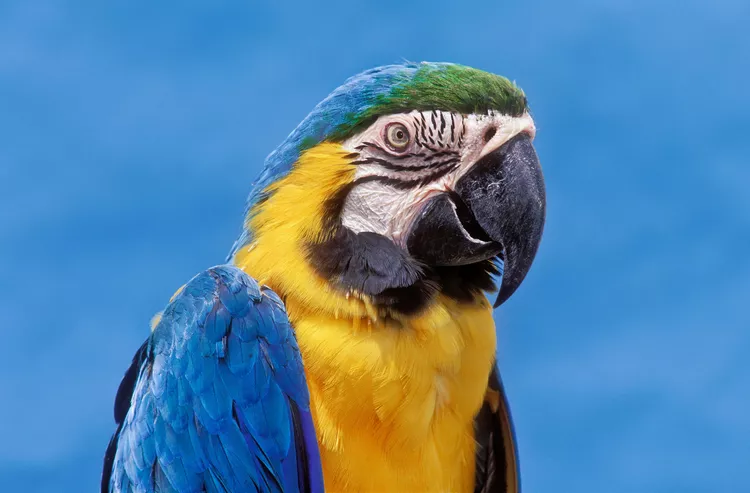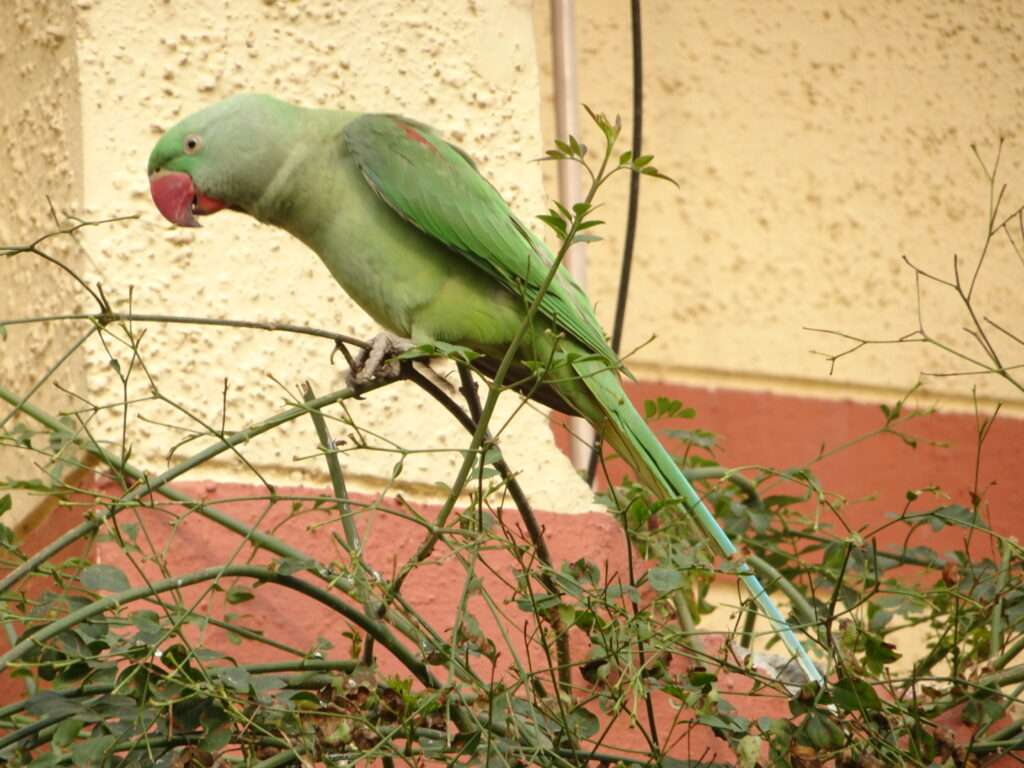
Description
Life span: 30+ years
Blue-headed is a medium-sized parrot, Pionus is also known as a Blue-headed parrot. The under tail coverts are red, the head and neck are blue, and the body is mostly green. They have reddish spots on the upper, black beak’s side. They have black ear patches and a short tail.
The blue-headed Pionus, with its stunning blue head perched on an emerald green body, is said to be the most remarkable of the Pionus parrots frequently kept as pets. Even though the majority of juveniles are green, after a few molts, they will gradually feather out to their mature color.
Habitat/Native Region
The blue-headed Pionus lives in its natural habitat in South and Central America. They have a range that includes Venezuela, Costa Rica, Bolivia, Trinidad, and Brazil, and they can be found in semi-open areas and woodlands.
As Pet

Behavior
The Blue-headed Pionus is a peaceful, easygoing bird that can be aggressive inside and outside of the cage. Despite not being as cuddly as other parrot species, blue-headed Pionus parrots can be highly affectionate, especially if they have experienced courteous engagement and frequent one-on-one interaction as young birds. Its owner could mistake a blue-headed Pionus parrot’s loud wheeze for a medical condition.
The Blue-headed Pionus is a peaceful, easygoing bird that can be aggressive inside and outside of the cage. Despite not being as cuddly as other parrot species, blue-headed Pionus parrots can be highly affectionate, especially if they have experienced courteous engagement and frequent one-on-one interaction as young birds. A blue-headed Pionus parrot’s loud wheeze could be mistaken for a medical condition by its owner.
Care
Due to their high level of activity, pionus parrots require a lot of space to play and exercise every day. Because of this, anyone who is thinking about getting one of these birds should make sure they have enough time in their schedules to give their pets at least 3 to 4 hours each day outside of the cage.
These birds frequently thrive in captivity when fed premium commercial pellet food together with a seed mixture suited for large birds. These meals should always be offered together with a variety of fresh, safe for birds fruits and vegetables in order to ensure the birds are receiving the proper levels of vitamins.
Table





